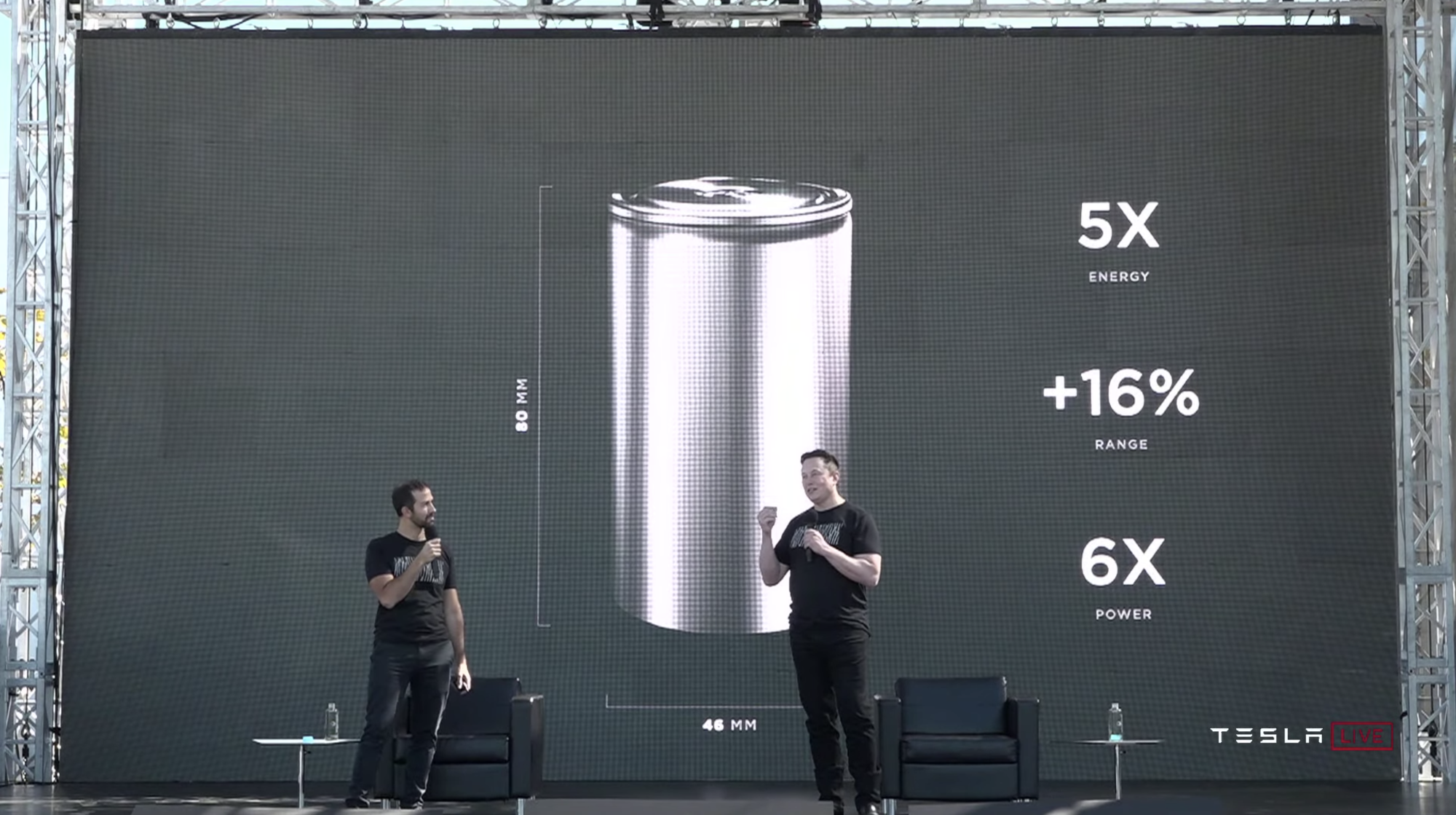The Biggest Announcements from Tesla’s Battery Day
Elon Musk’s entire life seems to be presented on the big stage, and last week’s Tesla Battery Day was no exception. Although the event was, in essence, entirely virtual, Musk and guests still covered a range of topics of interest to investors and potential customers alike. More specifically, the company made some huge announcements in regards to the continued innovative and sustainable actions we’ve come to expect from their cutting-edge products. This wasn’t your typical shareholder’s meeting, either. In fact, it was a bit more like a drive-in movie, with rows of Tesla owners watching from their cars and using horns to signal applause.

The condensed summary is that Tesla has big plans to lower their cars’ cost per kilowatt hour, a key metric used to measure electric vehicles’ battery packs. This in turn will allow for more affordable vehicles at a lower manufacturing investment, a point to which Musk adds: “It’s absolutely critical that we make cars that people can actually afford. Affordability is key to how we scale.” And scalability is crucial to Tesla’s long-term goal of producing one-percent of the planet’s overall vehicle fleet, which works out to about 20 million vehicles per year.
With that in mind, the company announced plans to begin producing their own batteries, which they currently source from Panasonic. Not only will in-house production reduce costs, but it will also allow Tesla to completely eliminate all the cobalt they currently use. This is especially important because cobalt is often mined under conditions that violate human rights, which has led to a widespread push to find other materials to replace it. The company’s new “tabless” batteries, called 4680 cells, are completely different from any battery currently on the market and produce five times the energy. In turn, that makes them six times more powerful, which increases their range capability by 16 percent.
In addition to revealing an artful battery concept, which is well past the testing stage, the team also announced a sequence of manufacturing improvements. Of course, they were speaking directly to their investors, so they made sure to stress above all else that these changes would result in a 75-percent decrease in investment. The cost savings comes down to moving material production in-house. This includes more effective sourcing and production of silicon, simplifying the steps involved in the manufacturing process, and in true Tesla style, increasing range capabilities, too. In the end, the company expects to see a 56 percent reduction of cost per kwh. They also announced continuing efforts to move to a higher level of nickel content, which is stable and relatively inexpensive. On the sustainability side of things, the plant will continuously recycle water during manufacturing to create a zero waste loop.

Honks of approval were also heard when Musk discussed the new casting machinery being used in the company’s Fremont plant. This huge piece of technology creates a single frame for the front and back of the car. Of course, Tesla isn’t one to be limited by currently available materials, so they created their own alloy for this process, which requires no heat treatment or coatings. From there, the innovation continues with a center section connecting the front and back that not only offers storage for the batteries, but also incorporates additional frame support. Placing the batteries in the center of the vehicle adds a safety feature during potential impact and improves the handling via enhanced center of gravity performance. Plus, these manufacturing changes cost 50 percent less than the current practices.
Although the event was centered around cost savings and inventive technology, Tesla fans also got a snippet of a few products in the pipeline, including the new Model S with Plaid powertrain. This sexy beast achieves a zero to 60 mph in less than two seconds, and a quarter-mile time of less than nine, breaking most race track records in the process. The $139,990 car’s 1100 horsepower takes it to a top speed of 200 miles per hour, and it’s capable of delivering an astonishing 520-mile range on a single charge. Models are expected to start rolling off the line in late 2021.

Last year’s Cybertruck was also mentioned, with Musk confirming over 600,000 preorders to date. Of course, with nothing but a $100 refundable down payment required to secure one, that number may well exceed the actual number of purchases, but the news is that the trucks will be hitting the streets soon.
In another announcement, Tesla discussed self-driving technology. More accurately referred to as ‘autopilot’ because they don’t actually drive themselves, the company seems to have completely reinvented the system, with plans to unlock a beta version in the next several months.
Finally, the elusive $25,000 Tesla model Musk mentioned as a possibility in 2018 (with an expectation to see it within three years) is still in the “soon” timeline. With the focus on scalability for mass production, ground-breaking advancements in material development, and streamlining manufacturing processes, the goal of reducing manufacturing costs to a point of making that low price tag a reality is clearly still in the center of the frame.




